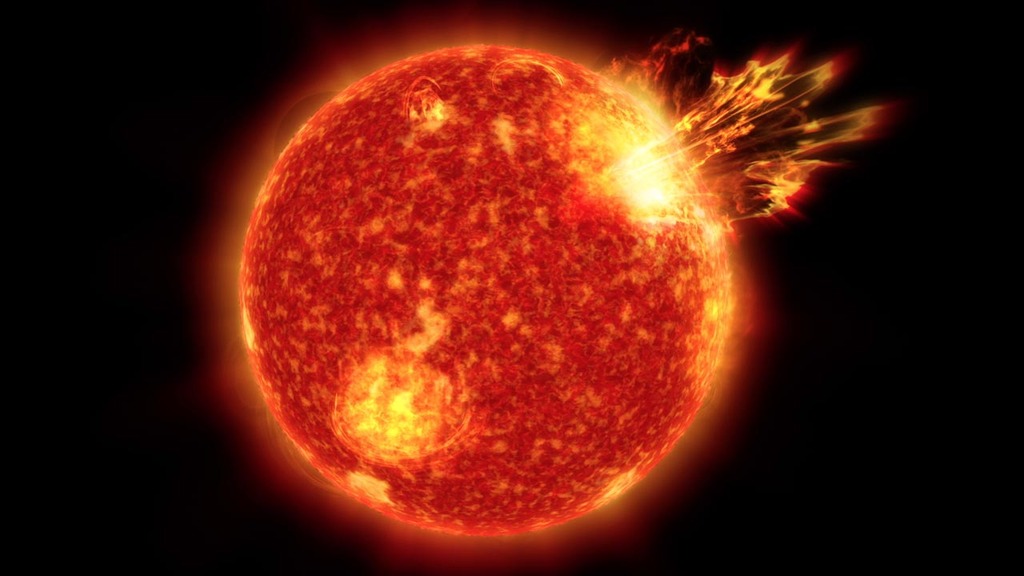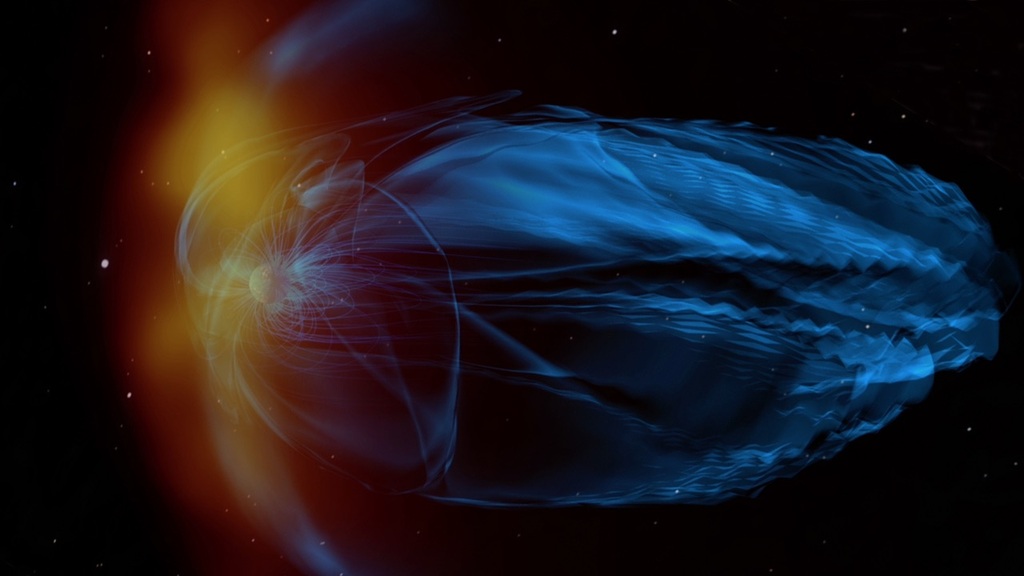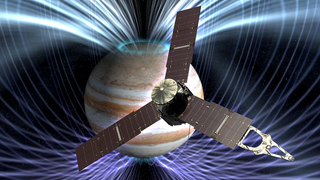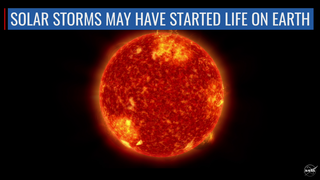The Faint Young Star Paradox: Solar Storms May Have Been Key to Life on Earth
Some 4 billion years ago, the sun shone with only about three-quarters the brightness we see today, but its surface roiled with giant eruptions spewing enormous amounts of solar material and radiation out into space. These powerful solar explosions may have provided the crucial energy needed to warm Earth, despite the sun's faintness. The eruptions also may have furnished the energy needed to turn simple molecules into the complex molecules such as RNA and DNA that were necessary for life.
Understanding what conditions were necessary for life on our planet helps us both trace the origins of life on Earth and guide the search for life on other planets. Until now, however, fully mapping Earth's evolution has been hindered by the simple fact that the young sun wasn't luminous enough to warm Earth.
This newly discovered constant influx of solar particles to early Earth may have done more than just warm the atmosphere, it may also have provided the energy needed to make complex chemicals. In a planet scattered evenly with simple molecules, it takes a huge amount of incoming energy to create the complex molecules such as RNA and DNA that eventually seeded life.
While enough energy appears to be hugely important for a growing planet, too much would also be an issue -- a constant chain of solar eruptions producing showers of particle radiation can be quite detrimental. Such an onslaught of magnetic clouds can rip off a planet's atmosphere if the magnetosphere is too weak. Understanding these kinds of balances help scientists determine what kinds of stars and what kinds of planets could be hospitable for life.



Used Elsewhere In
Related
Credits
Walt Feimer (HTSI): Lead Animator
Krystofer Kim (USRA): Animator
Brian Monroe (USRA): Animator
Vladimir Airapetian (Sigma Space Corp.): Lead Scientist
Ryan Fitzgibbons (USRA): Narrator
Karen Fox (ADNET Systems, Inc.): Science Writer
Joy Ng (USRA): Producer
NASA's Goddard Space Flight Center
https://svs.gsfc.nasa.gov/11853
This item is part of this series:
Narrated Movies
Goddard TV Tape:
G2015-036 -- The Faint Young Star Paradox
Keywords:
SVS >> Earth
SVS >> HDTV
SVS >> Magnetic Fields
SVS >> Solar Wind
GCMD >> Earth Science >> Sun-earth Interactions >> Solar Activity >> Solar Flares
SVS >> Space Weather
SVS >> Heliophysics
SVS >> Corona
NASA Science >> Sun
GCMD >> Earth Science >> Sun-earth Interactions >> Solar Activity >> Coronal Mass Ejections
GCMD keywords can be found on the Internet with the following citation: Olsen, L.M., G. Major, K. Shein, J. Scialdone, S. Ritz, T. Stevens, M. Morahan, A. Aleman, R. Vogel, S. Leicester, H. Weir, M. Meaux, S. Grebas, C.Solomon, M. Holland, T. Northcutt, R. A. Restrepo, R. Bilodeau, 2013. NASA/Global Change Master Directory (GCMD) Earth Science Keywords. Version 8.0.0.0.0














